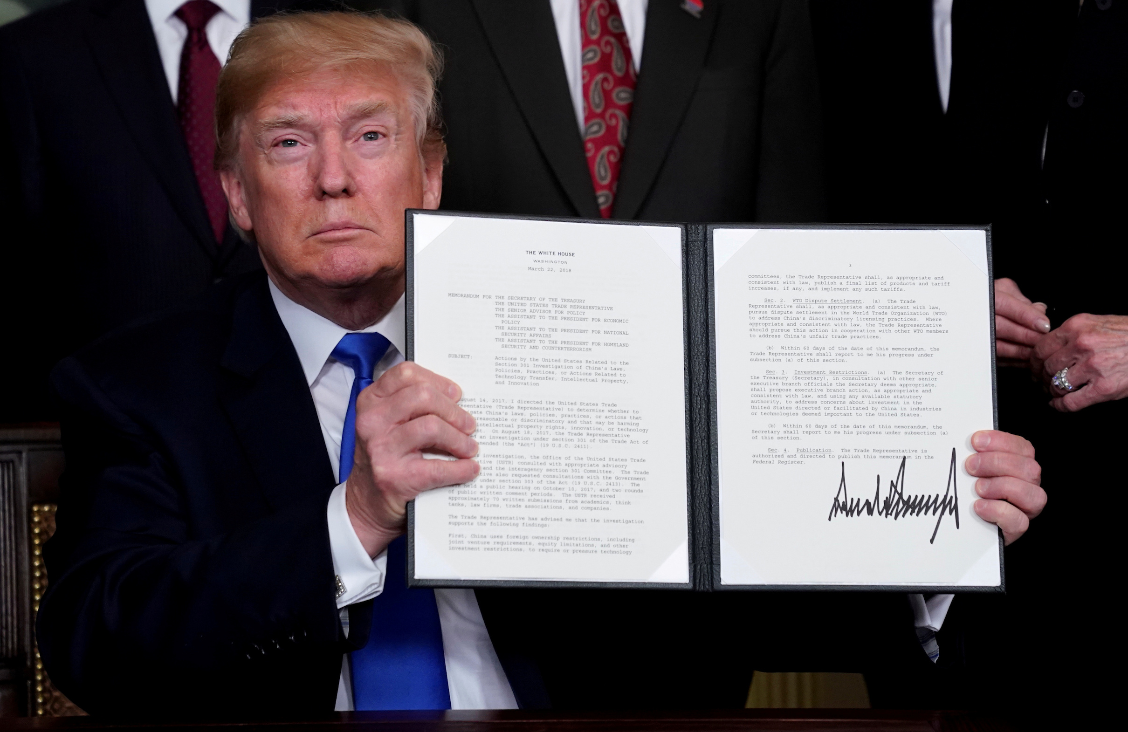noviembre 8, 2024 Trade Policy
With the inauguration still over a month away, President-elect Donald Trump has already announced some of his plans regarding U.S. trade policy. This is a breakdown of a few of the ones most relevant to e-commerce and how brands do business.
Some of the proposed changes are near certainties, and some are still uncertain. Let’s discuss each of them, covering the certainties first.
No more duty-free imports from China
Even before the 2024 election, President Joe Biden had said that Section 321, which allows e-commerce companies to import products duty-free if the shipment is less than $800, is going away for goods from China. So that means the Sheins and Temus of the world, which ship from China directly to the U.S., will no longer be able to take advantage of that savings. This is also true for companies that ship items from China to Mexico or Canada, store them there, and then ship to the U.S. one package at a time. This was a great way not to pay tariffs and lower your cost of goods sold (COGS), but it’s almost certain that option is going away.
Additional per-package fee for imported goods
Second, there’s an additional act going through Congress to make importing goods even more strict and expensive.
For example, a $2-per-package fee would be added to these items moving through U.S. Customs. So, not only will brands have to pay normal tariffs, but they might also need to pay $2 additional per package if they ship their goods one package at a time. This would apply to any packages direct from China or through a Mexico-based or Canada-based 3PL.
Section 321 strategy is going away
The above changes would effectively end Section 321 as we know it now, which allowed brands to save on tariffs when shipping through Mexico or Canada to the U.S. The savings could often be upwards of 20% versus shipping directly to the U.S. There is no definitive date set for when this change will take effect, but estimates would indicate early February or early March. This means e-commerce businesses don’t have time to figure out an alternative approach. Brands may be stuck paying higher fees when these changes go into effect until an alternative solution can be found.






Recent Comments